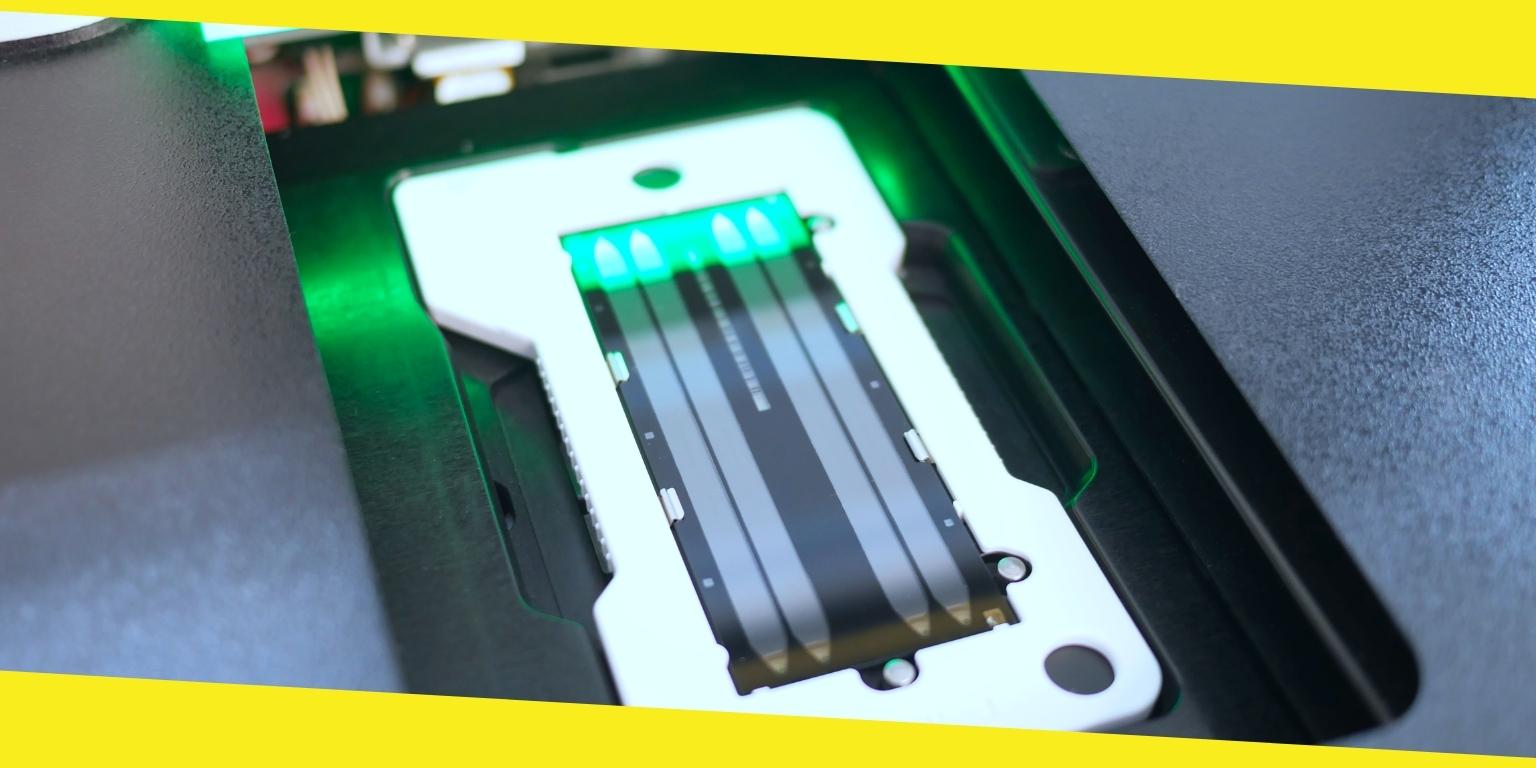Next Generation Sequencing Technology Applications

Next generation sequencing (NGS) is a method of sequencing DNA that is much faster than previous DNA sequencing technologies. NGS has reduced the time needed to sequence the human genome from the 13 years it took to complete the human genome project in 2003 to less than a day, and it has slashed the cost from billions of dollars to hundreds. These tremendous reductions in time and cost have opened the door to a wide variety of applications. These include:
Applications Using Whole Genome Sequencing
The speed and low cost of next generation sequencing make it possible to perform whole genome sequencing (WGS) in clinical and research settings. Current and near-future applications include research into genetic components of human and animal diseases, using WGS in clinical medical practice, and improving agriculture by analyzing crop genomes.
The FDA is currently using WGS to identify harmful bacteria in food when there is an outbreak of foodborne illness. Whole gene sequencing is more powerful than the methods the FDA had been using in the past, which weren’t able to differentiate between all types of pathogens.
In the future, WGS will be used to analyze the differences in the genomes of food pathogens that are the same species but are found in different geographic areas. It’s anticipated that this knowledge will be a big help in pinning down the sources of food contamination. Efforts are underway to build a database of the genomic sequencing of pathogens in different locations with information contributed by laboratories around the world.
Applications Using Whole Exome Sequencing
Whole exome sequencing (WES) is a more targeted use of next generation sequencing that, instead of sequencing the entire genome, only sequences the regions of the genome that code for proteins. In human DNA, these regions constitute only two percent of the genome. While less powerful than whole genome sequencing, whole exome sequencing costs less, enables more in-depth studies of the protein-coding regions, and makes data analysis easier.
Whole exome sequencing is being used in personalized medicine and for diagnosing diseases, including cancer. NGS sequencing can analyze the genome of tumors to determine if a patient has cancer and, if so, what the probable course of the disease will be. Sequencing of the tumors can then be used to find the best treatment options that will target the tumors’ specific characteristics and genetic vulnerabilities.
Applications Using RNA Analysis
Next generation sequencing has also powered advances in RNA sequencing and analysis, which are being applied to diagnosing and treating disease. Applications include sequencing RNA viruses, including influenza and SARS. Sequencing is also being used in research to better understand how genes work, including which genes are turned on and off, and when. This can help identify what particular genes do when their function is not already known.
About Next Generation Sequencing
Next generation sequencing uses some of the same techniques as previous sequencing methods, but it gains its tremendous increase in speed by processing millions of reactions at the same time. The first NGS platforms were second generation (2G) platforms. Now, we have third and fourth generation NGS.
One current challenge that researchers face is that NGS generates huge amounts of data, and that is pushing against the limits of computing power that is available for storing and analyzing the data. Scientists are looking for ways to increase the efficiency of the process. These are likely to include artificial intelligence and machine learning.
The cost of next generation sequencing is expected to continue to fall. The more the price drops, the more that NGS will become an integral tool of routine clinical practice, being used for more accurate diagnoses and more personalized treatment plans.
Recommended For You
SlideModel.com – Create Impactful Presentation With Powerpoint Templates
Most Inside
Most Inside offers high-quality recommendations and valuable updates to enhance all aspects of your life, providing premium guidance and enriching experiences.




